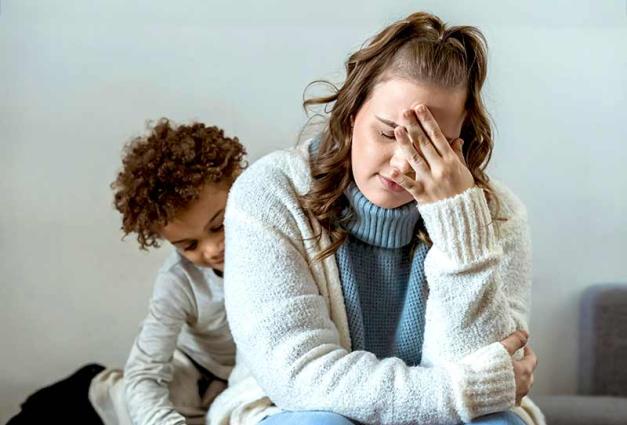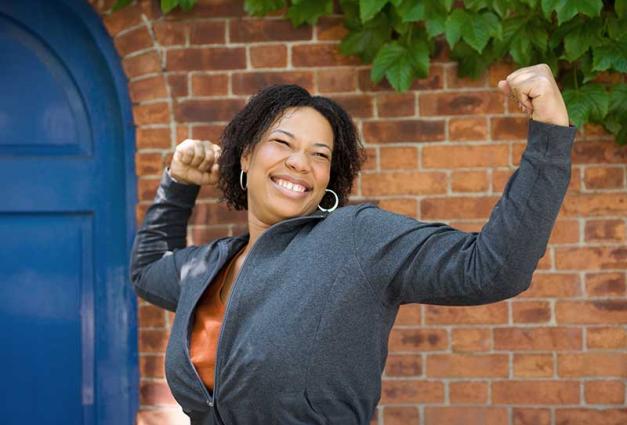In a COVID-normal world, we take risks every time we step outside our house. But even before the onset of this pandemic, everyday risk-taking was common, ranging from behaviors like having unprotected sex to investing in the stock market. Concepts like “stranger danger” give us the impression that the risks we face often come from people we do not know. On the contrary, new research from our lab shows that it is the people who are closest who sometimes pose the greatest risk.
Psychologists have long been aware that our social relationships and groups we belong to affect our perception of risk and the likelihood that we behave in risky ways. Early work on this topic tended to paint groups as evil caricatures, leading people to take risks because of “peer pressure” or “groupthink.”
Modern social psychology, however, recognizes the many virtues of groups as well. When we think of ourselves in terms of the groups we belong to (our social identities), this has powerful effects that shape not only our behavior, but also our emotions and thoughts, and even how we perceive the world. Social identities can make us feel more capable, improve our well-being, and lead us to overcome major challenges with solidarity.
One of the factors strongly affected by social identity is trust. When two people share a group membership that they both value (such as both being nurses, Americans, or Democratic voters), they are more likely to assume that the other person will behave in ways that show integrity, competence, and benevolence towards them—all facets of trust. While trust can support lots of positive outcomes like effective communication and cooperation, it also strongly shapes how people evaluate risk.
We thought it important to fully examine how group memberships can build trust, and the effect of this on people’s awareness of risk and increasing their tendency to take risks. In 13 studies we looked at different kinds of groups and different kinds of risk (disease risk, financial risk, and social risk, for example). We consistently found that people trust members of their own group more than people outside their group, and thus are less likely to perceive risk, and more likely to engage in risky behavior.
For example, in one study with over 1300 young people at a festival to celebrate the end of secondary schooling, identifying with fellow attendees was associated with lower risk perceptions of behaviors like leaving a drink unattended, walking home alone, and having unprotected sex with a fellow festival attendee. This was because the more people identified with the other festival goers, the more they trusted them and so the less risky these behaviors seemed.
This means we are less likely to see situations as risky when they involve people we trust, even if they are objectively risky. This is why we are more likely to accept a ride home from someone we know, and lend money to people we believe in. Particularly important given current events, we also found that this is true even when it comes to health risk taking, like sharing drinks, or using tools touched by a sick person.
From the outset of COVID-19 there has been a discrepancy between situations that are perceived to be more risky but are actually not very risky—like a stranger passing too close on the sidewalk—and the situations that are actually more risky, but perceived to be less so. For example, the majority of transmission occurs in gatherings of family and friends, particularly in the home. We trust the members of our most valued groups; they “feel” safe, while people from outside our groups are not afforded the benefit of the doubt. This quirk of human nature is readily exploited by a virus like COVID-19.
So, what do we do to reduce risk taking with people inside our groups? Public health messaging around COVID-19 (and risk taking in general) rarely distinguishes between our closest networks and strangers. But people are much more likely to take risks with their loved ones than people they do not know. For example, campaigns that help people to celebrate birthdays or national holidays more safely, or how to take precautions if someone has symptoms in the home, may be particularly important compared to vaguer public health information, for example about sneezing etiquette.
People are motivated to keep their loved ones safe—perhaps even more than themselves. For this reason, public health messaging that focuses on how to do that may be the best way to harness the power of social groups to change community health for the better.
For Further Reading
Cruwys, T., Greenaway, K. H., Ferris, L. J., Rathbone, J. A., Saeri, A. K., Williams, E., Parker, S. L., Chang, M. X-L., Croft, N., Bingley, W. & Grace, L. (2020). When trust goes wrong: A social identity model of risk taking. Journal of Personality and Social Psychology, 120(1), 57-83. https://doi.org/10.1037/pspi0000243
Cruwys, T., Stevens, M., & Greenaway, K. H. (2020). A social identity perspective on COVID-19: Health risk is affected by shared group membership. British Journal of Social Psychology, 59(3), 584–593. https://doi.org/10.1111/bjso.12391
Jetten, J., Reicher, S. D., Haslam, S. A., & Cruwys, T. (2020). Together apart: The psychology of COVID-19. Los Angeles: SAGE Publications. https://doi.org/10.12968/prps.2015.sup172.2
Tegan Cruwys is an NHMRC Emerging Leadership Fellow and Associate Professor at the Australian National University. As a clinical and social psychologist, her research focuses on how social relationships shape mental and physical health with a particular focus on research to benefit health in the community.
Katie Greenaway is an ARC Future Fellow and Senior Lecturer in social psychology at the University of Melbourne. Her research aims to understand how people form social connections, and what benefits these connections have for people’s well-being and social lives.




